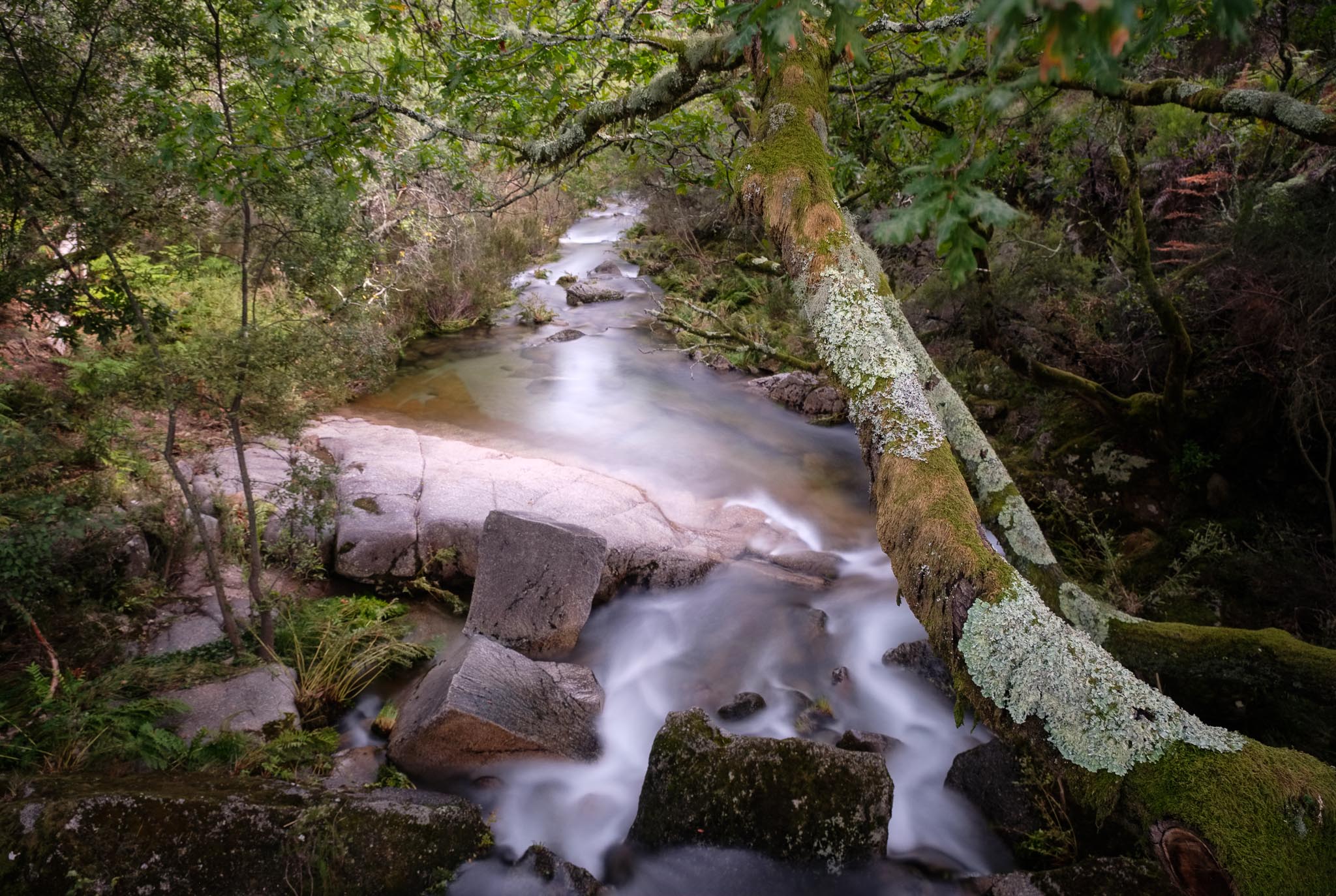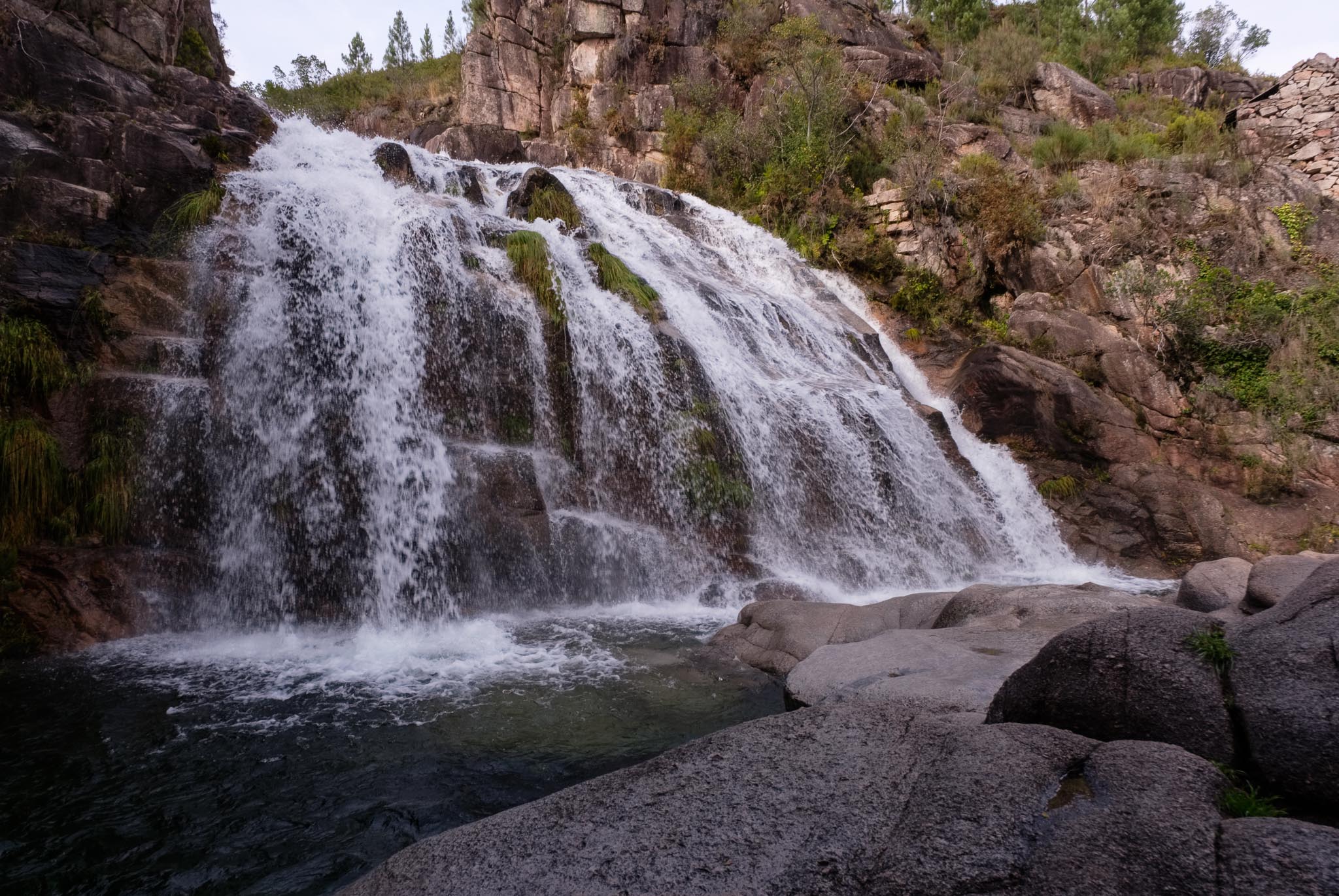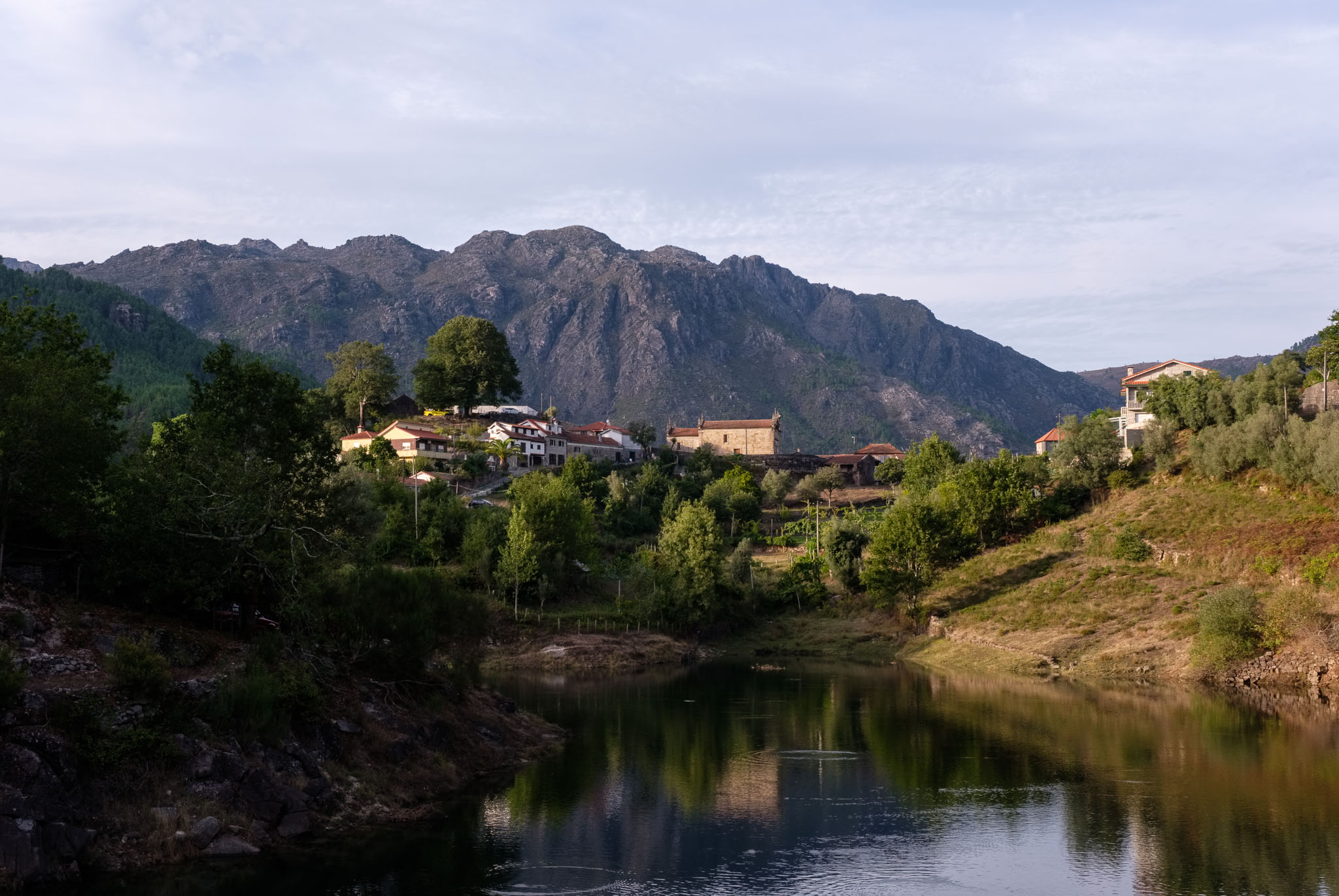Given the uniqueness of its geography, geology, fauna, flora, and cultural heritage, the Parque Nacional da Peneda-Gerês (PNPG), located in northern Portugal, was created in 1971. It is the only National Park in the country, and occupies an area of 69,595 ha bordering Spain and extending through the provinces of Minho and Trás-os-Montes. It is a mountainous region, reaching an altitude of 1,600 m, where the landscape is dominated by rugged granite formations, and where the effects of the latest glaciation can be seen. Deeply cut valleys in the mountains of Peneda, Soajo, Amarela and Gerês support a dense hydrographic network, .
The Park has a remarkable botanical diversity – woods, forests, riparian vegetation and peatlands in addition to wet meadows – with rare and endemic species. It is home to some of the most important oak forests in Portugal, a diversity of animal species including endemic (gold-striped salamander) and endangered (Iberian wolf, Iberian wild goat). In the agricultural areas the prairies and “prados de lima” (semi natural humid meadows) are worth mentioning. The region has been inhabited since pre-historic times, so there is a rich historical and cultural heritage. Attesting to this, there are important to megalithic monuments, Roman constructions, medieval castles, and the famous espigueiros (traditional granaries to store corn).
I had been planning to visit this area for a long time, and finally, in the end of September, we organized a 7 day trip. It is not easy to select what to visit in such a vast region, but after a few hours, a draft plan started to emerge. Roughly, we travelled from the east (Montalegre) to the west (Sistelo), as indicated in the map below. We decided to spend the night in different places, as the trip evolved.
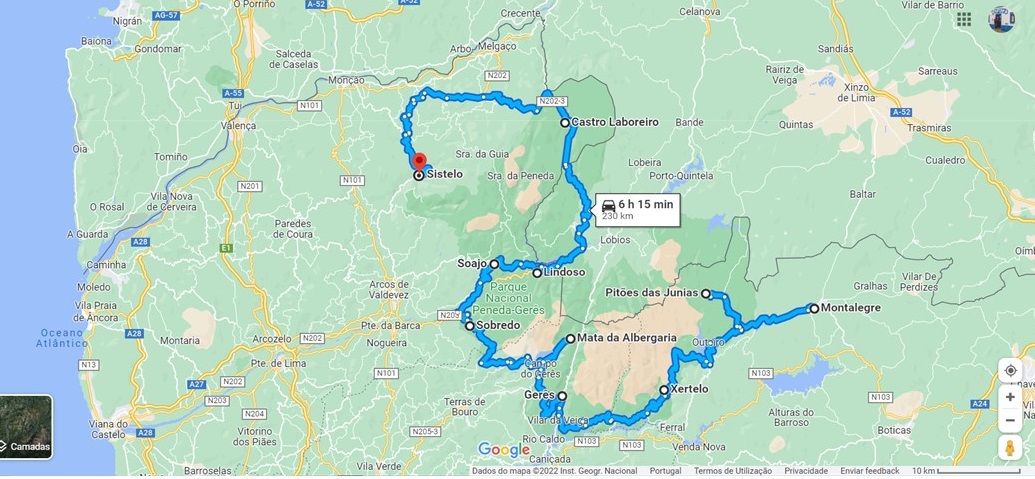
In this first part I will cover some of the most interesting locations in the regions of Montalegre and Gerês, but of course this is only my view. We visited many waterfalls (some in hard-to-reach places), historical monuments, isolated villages, but mostly, it is the mountainous landscape and the constant presence of green vegetation that impresses travelers.
Montalegre was the start of the journey, with its important castle near the serra do Larouco. It was given a “foral” in 1273 – that is, elevated to village status, with permission to hold its own fair – by King Afonso III. Walking along the ramparts and the medieval part of the town feels like going back in time.
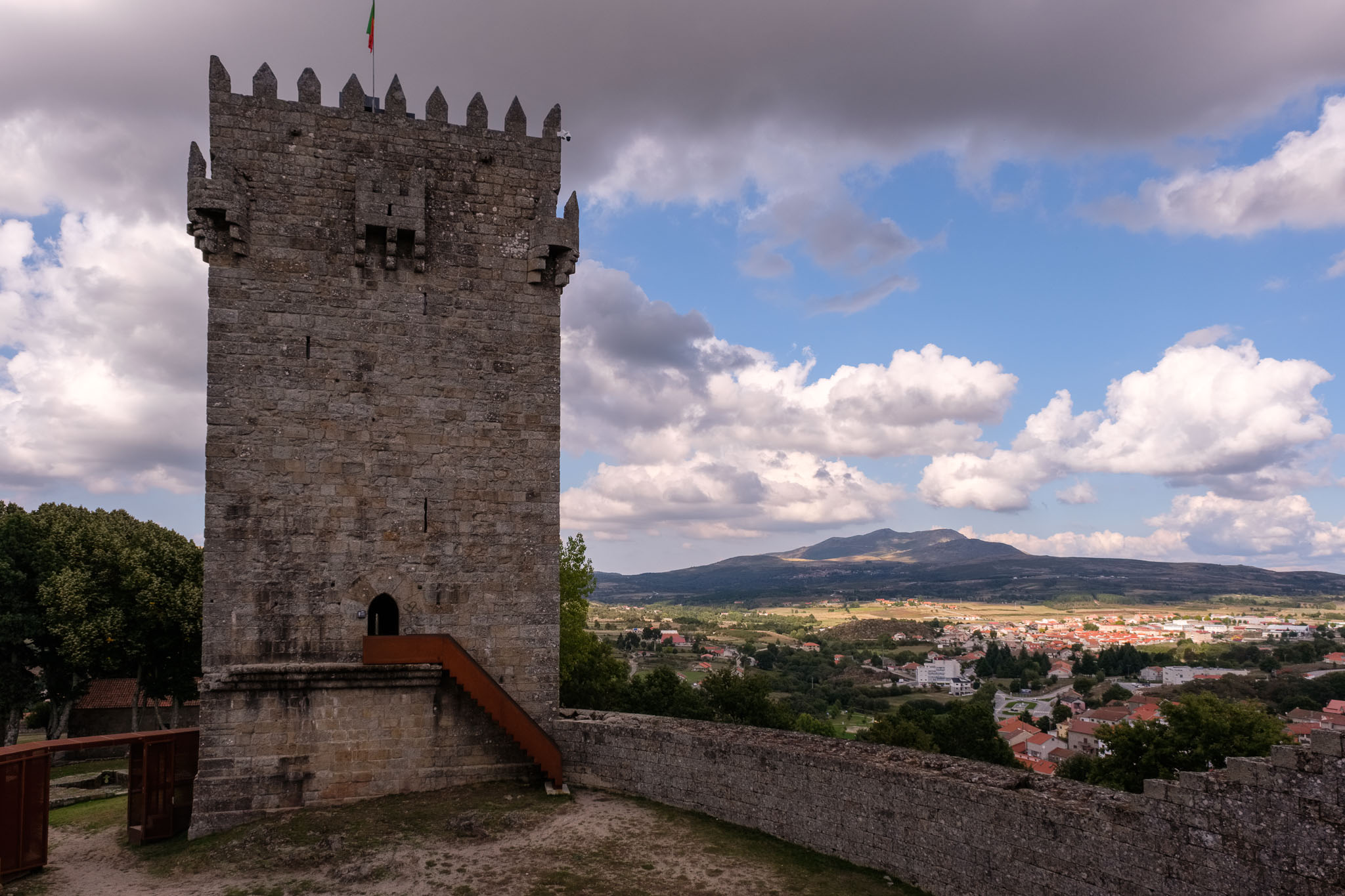
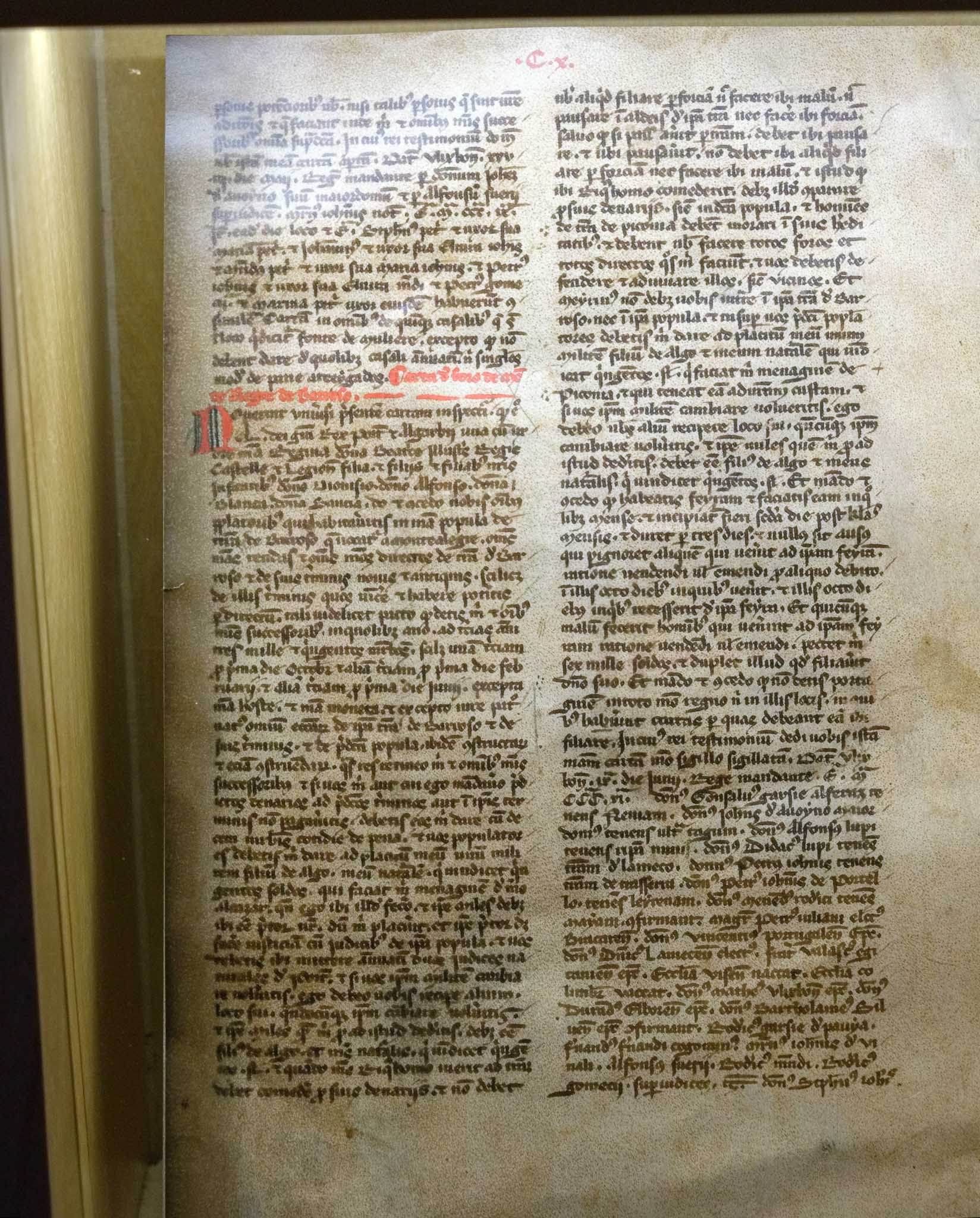
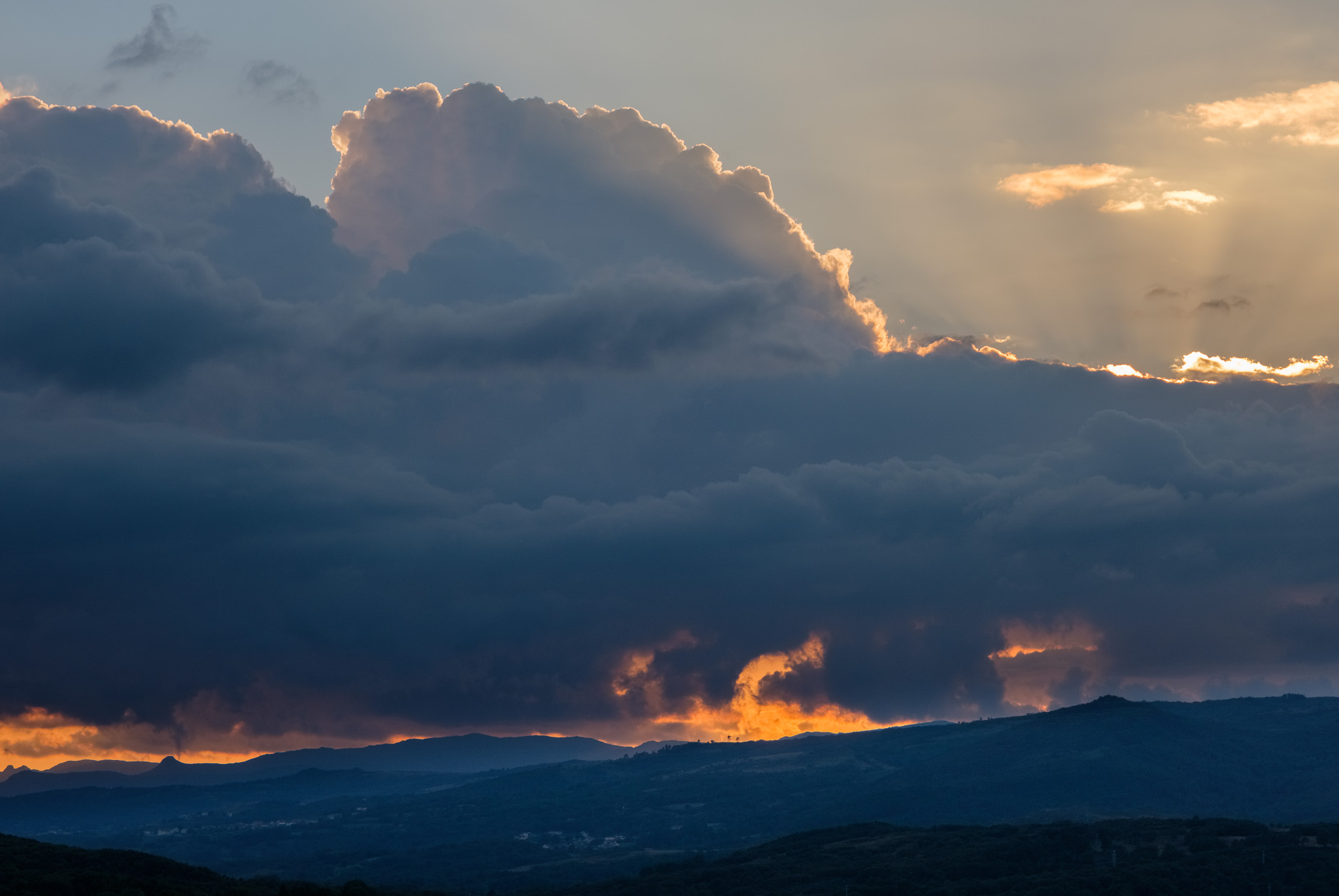
One can not be in the region without visiting the famous monastery of Santa Maria das Júnias, close to the village of Pitões das Júnias. The monastery is located in a narrow valley, surrounded by lush vegetation and a nearby creek. Its origin dates back to the middle of the XIII century, when a pre-existing occupation was taken over by monks. What impressed me the most was the complete sense of isolation and the tranquility of the place.

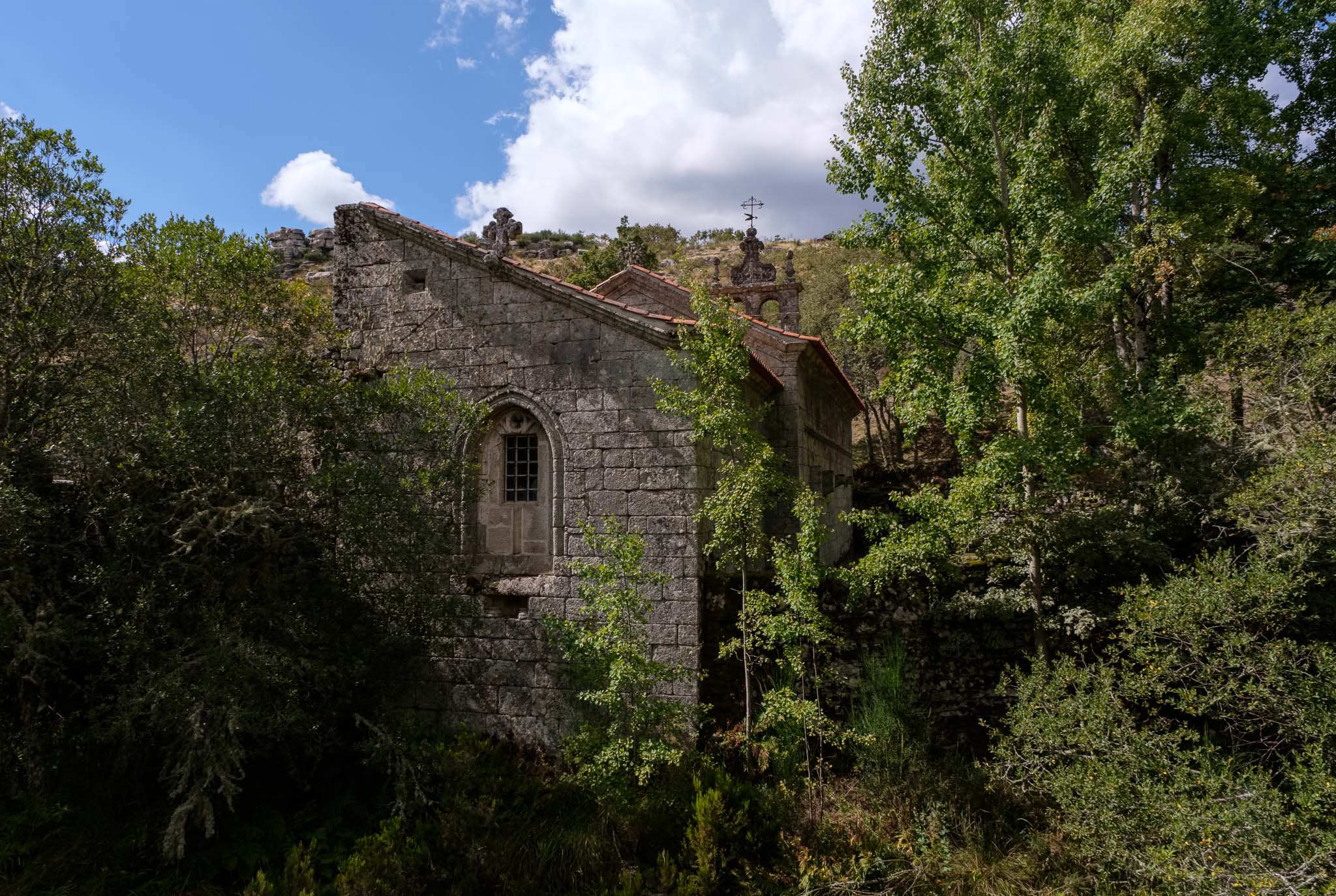
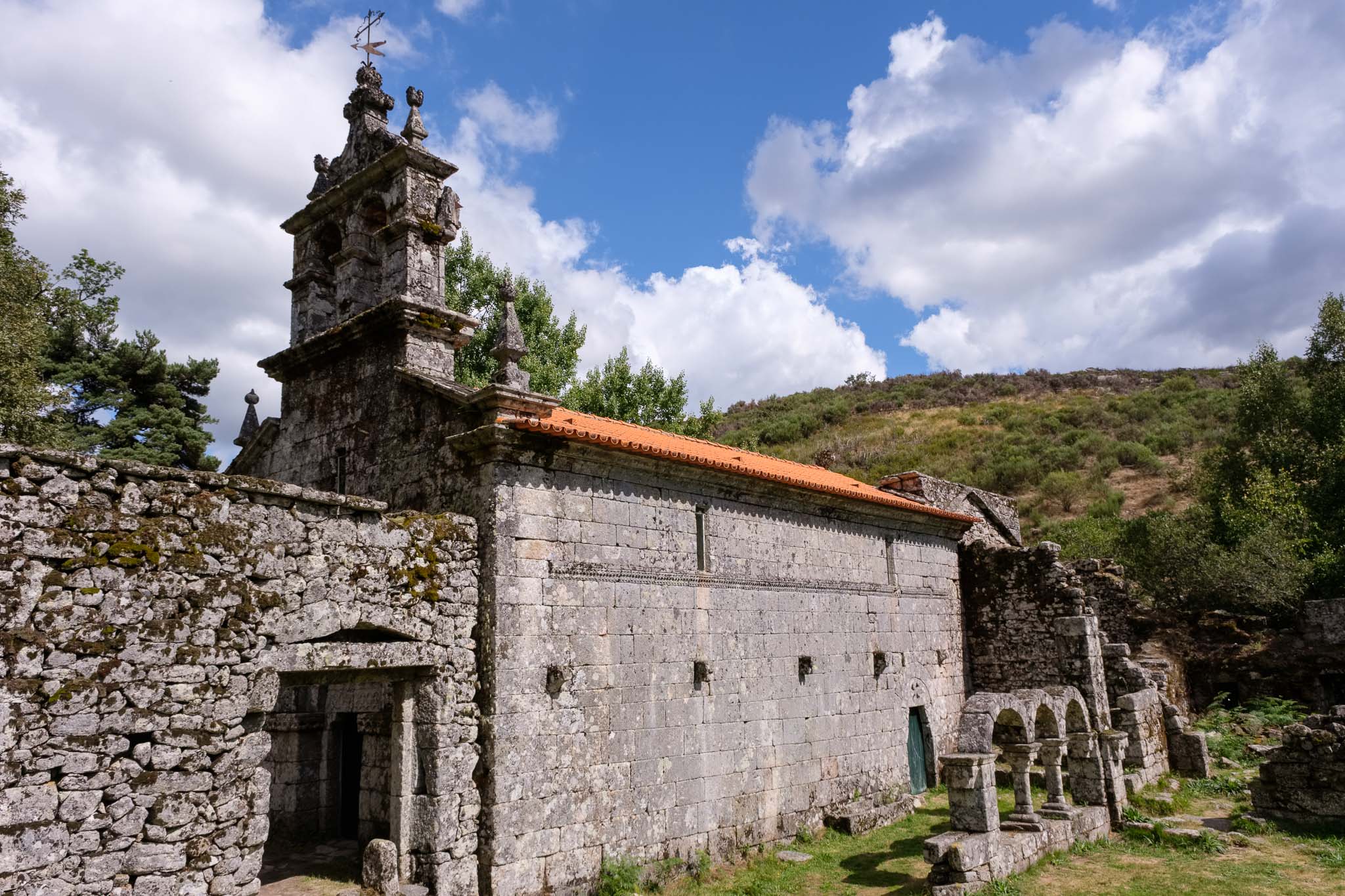
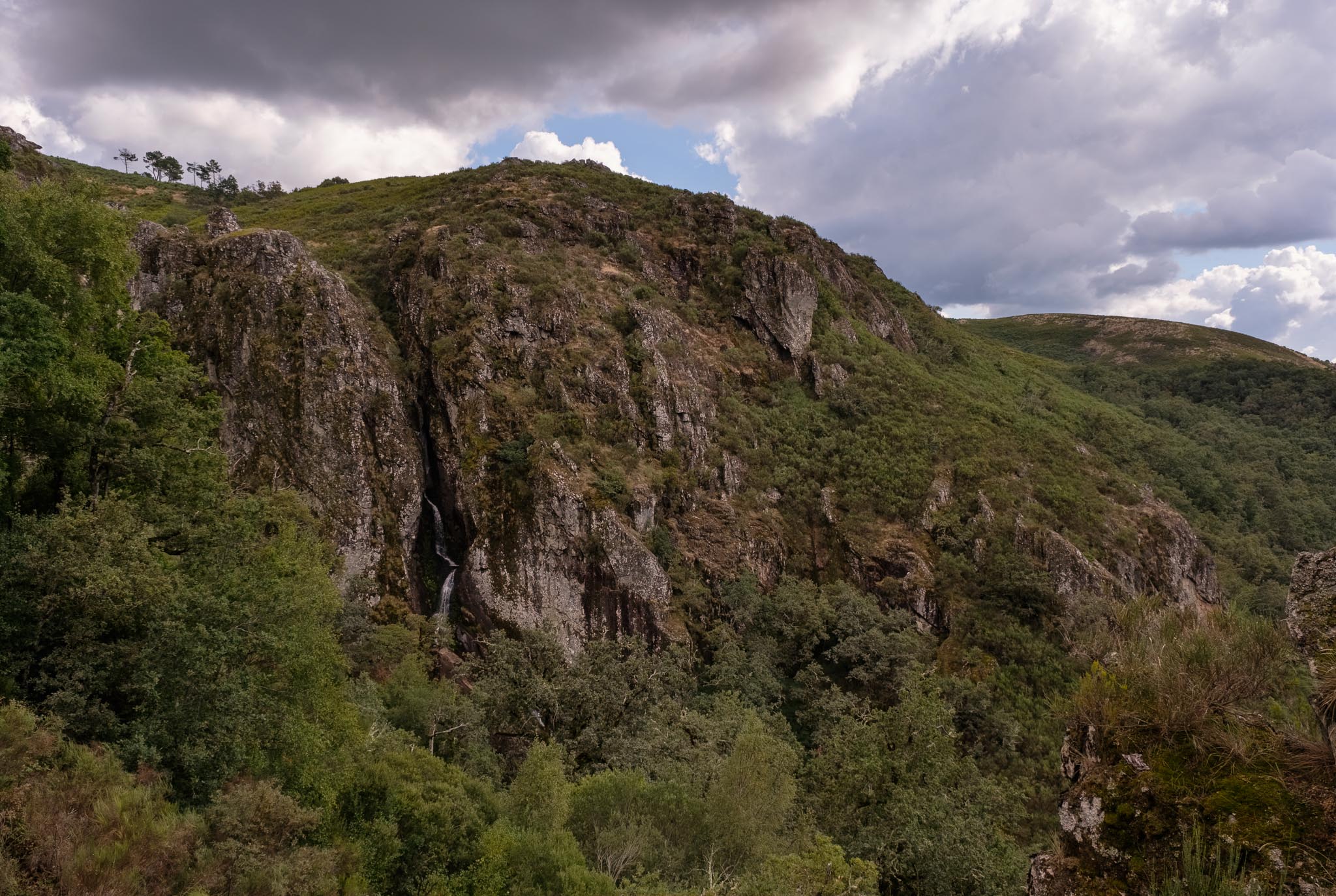
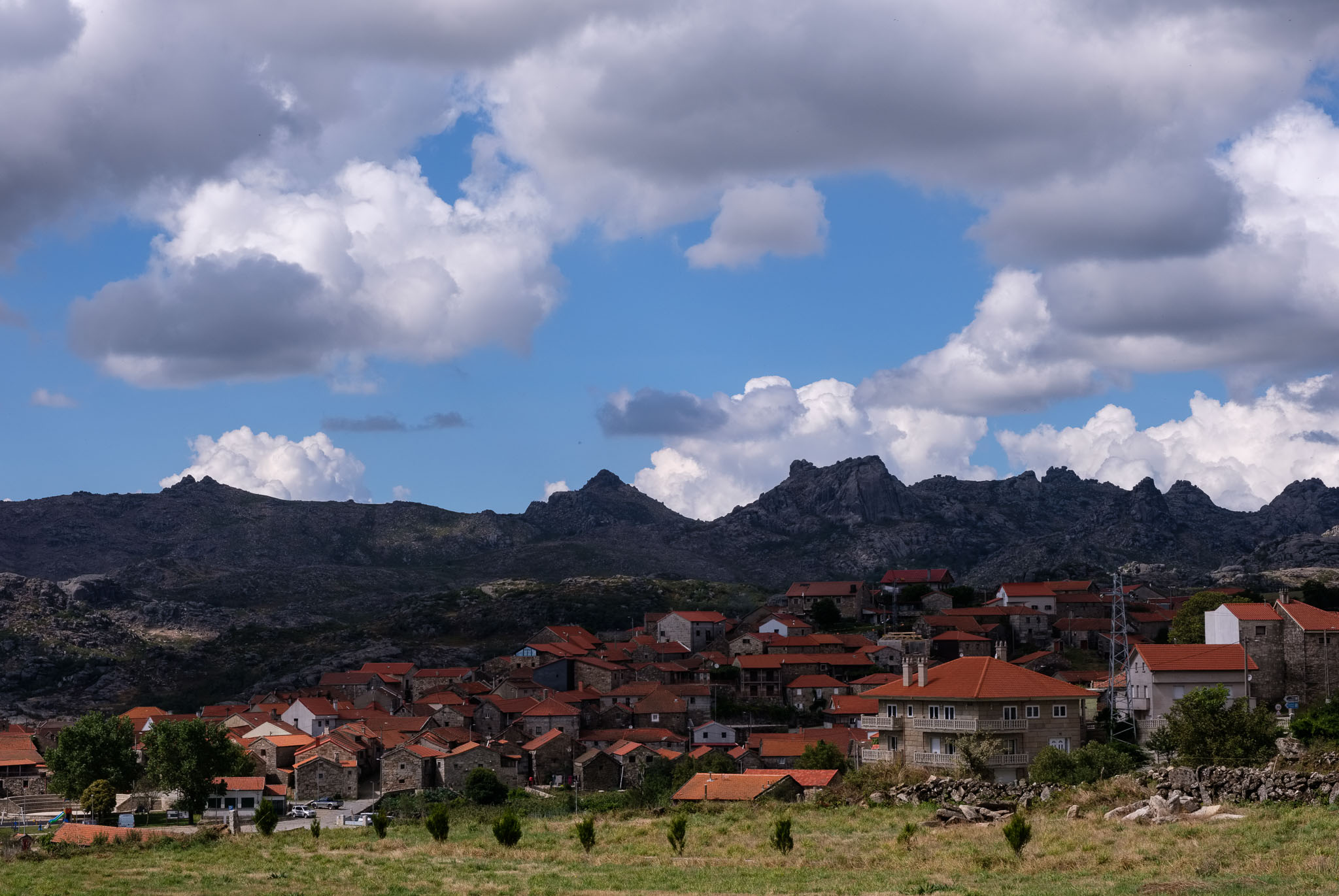
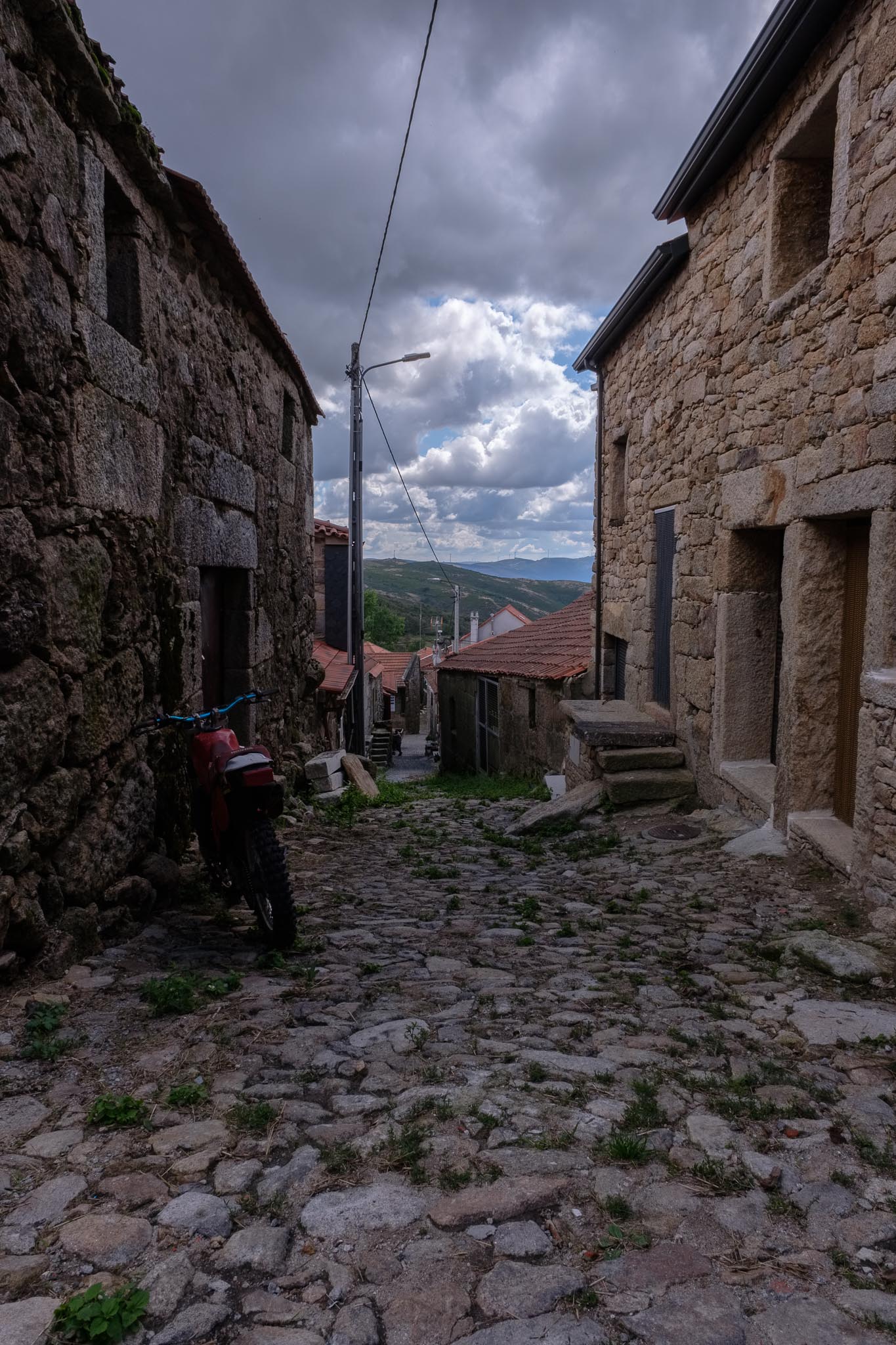
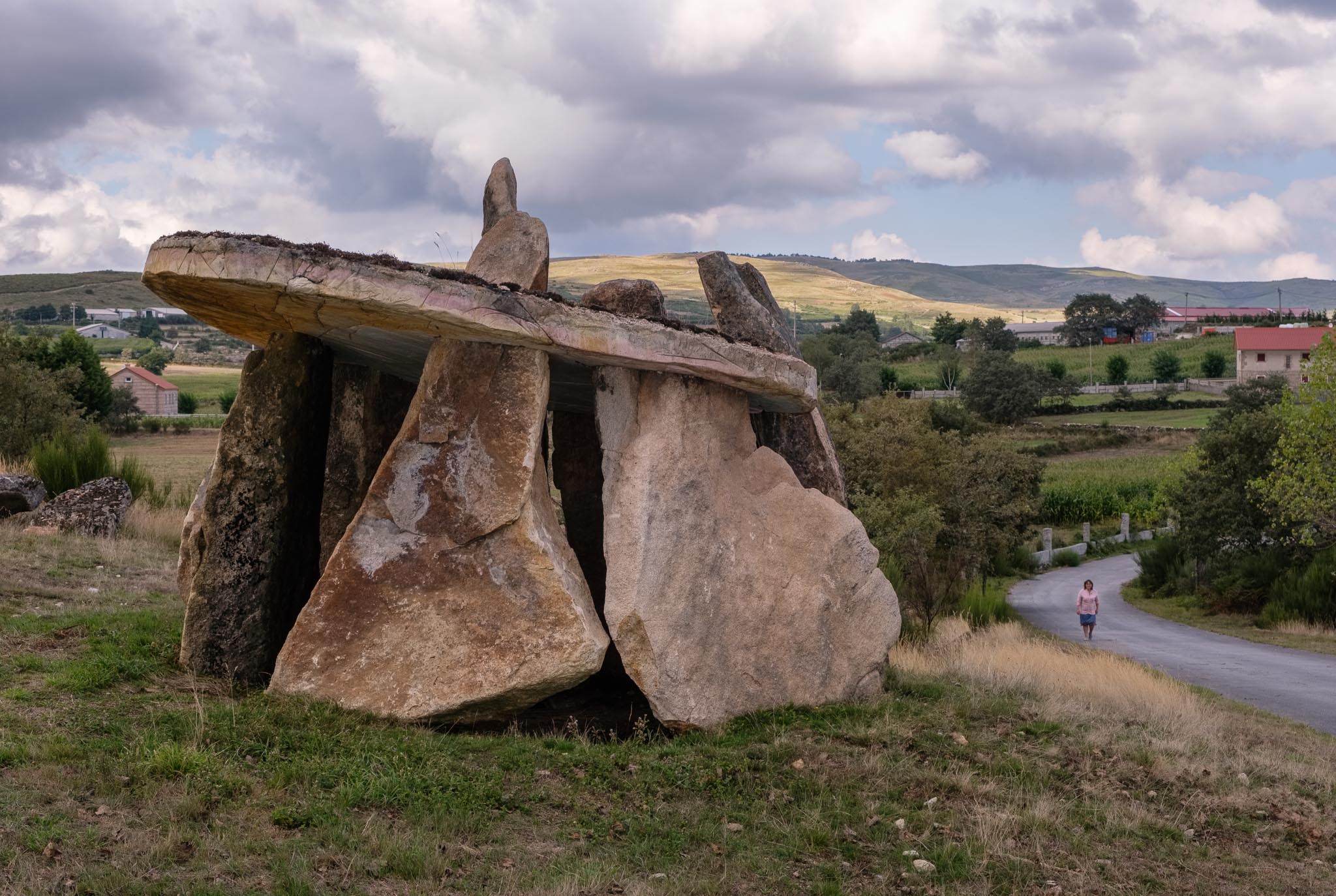
We ended our first day in a nice tourist house in the small village of Gralhas, a few km outside Montalegre. The building itself, an old seminary, was quite interesting.
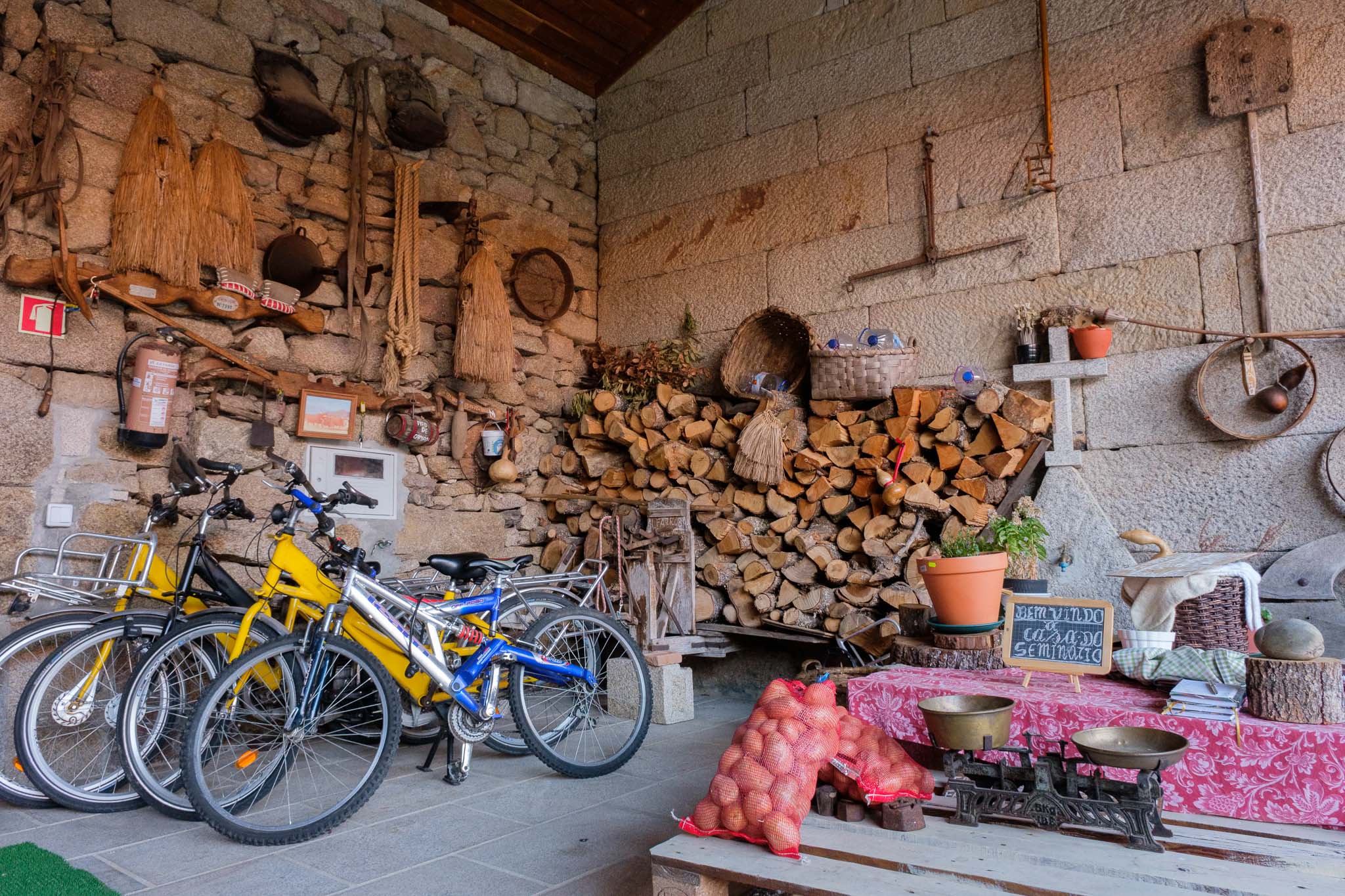
For the second day of the trip, the plan was to visit a couple of famous waterfalls, not far from Xertelo, still in Montalegre municipality. While driving around, its better to take your time and not hurry; the roads are often narrow and twisty, so averages of about 30km/hour are not uncommon. The advice is to go slow and admire the majestic landscape. The first waterfall, Sete Lagoas (or seven lakes) lies at the end of a 10km trail that takes you from Xertelo along the flanks of the mountain. The landscape is dominated by large granite boulder formations and at around 1,000m altitude, there are only a few trees and the heather dominates. You hear the water rushing before seeing the lakes, which encourages you to keep going. The day is hot, so the view of the emerald-green water from above is a revelation.

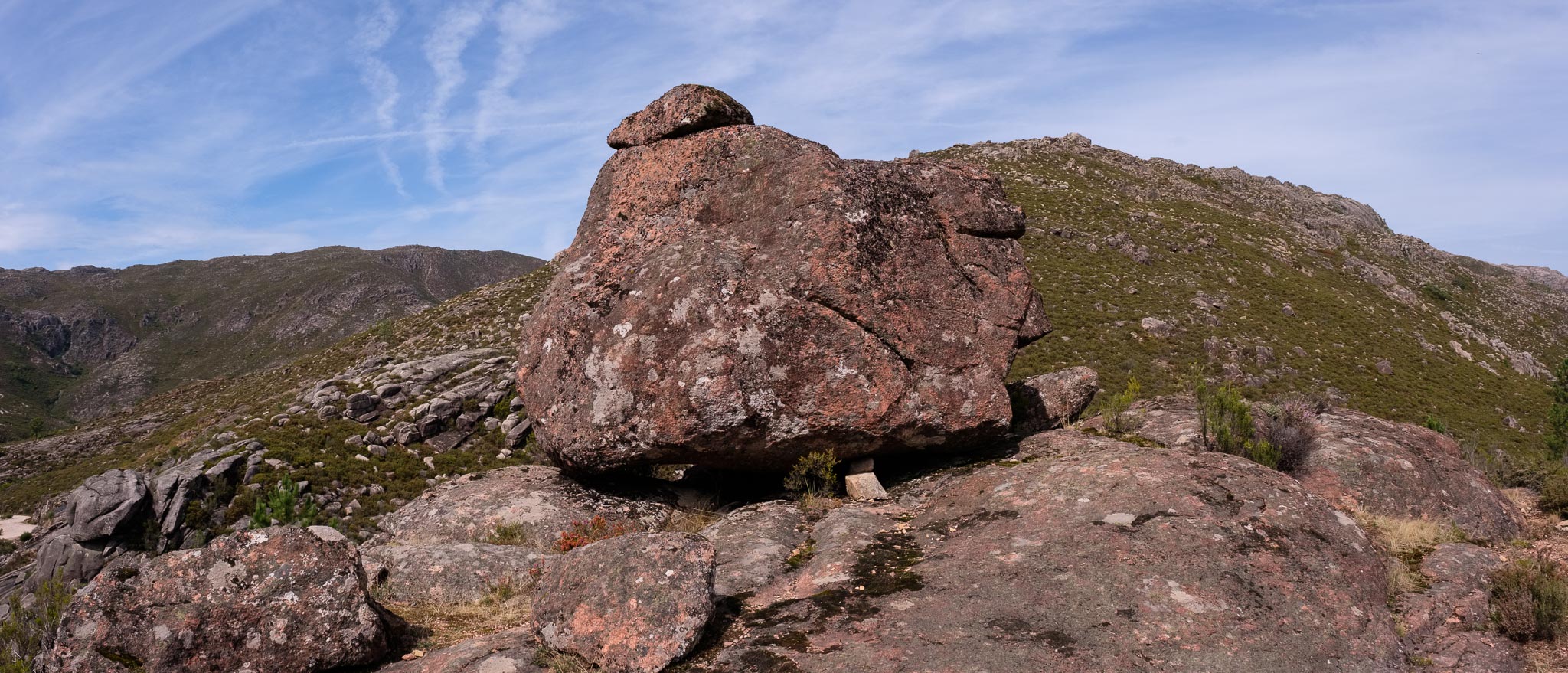
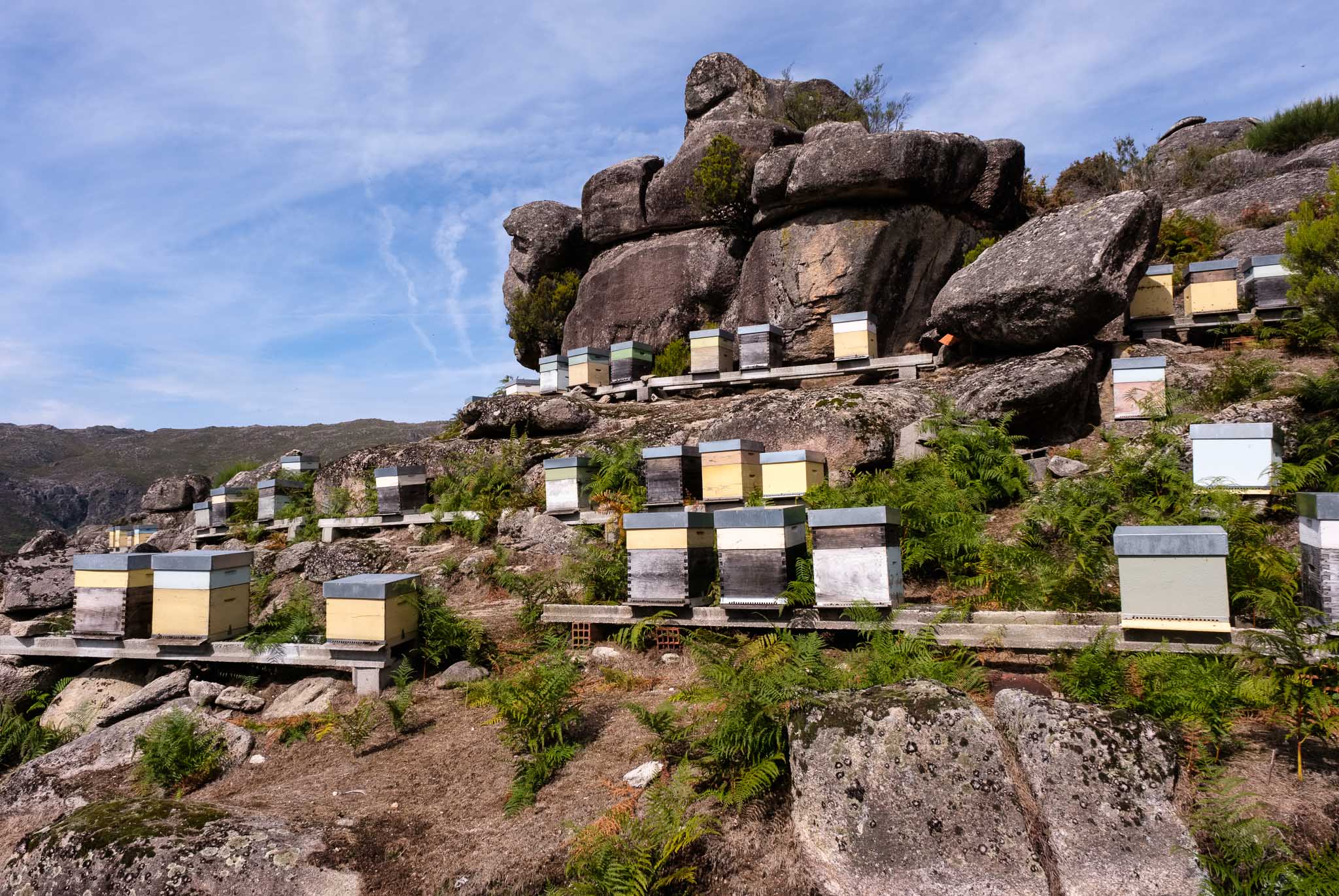
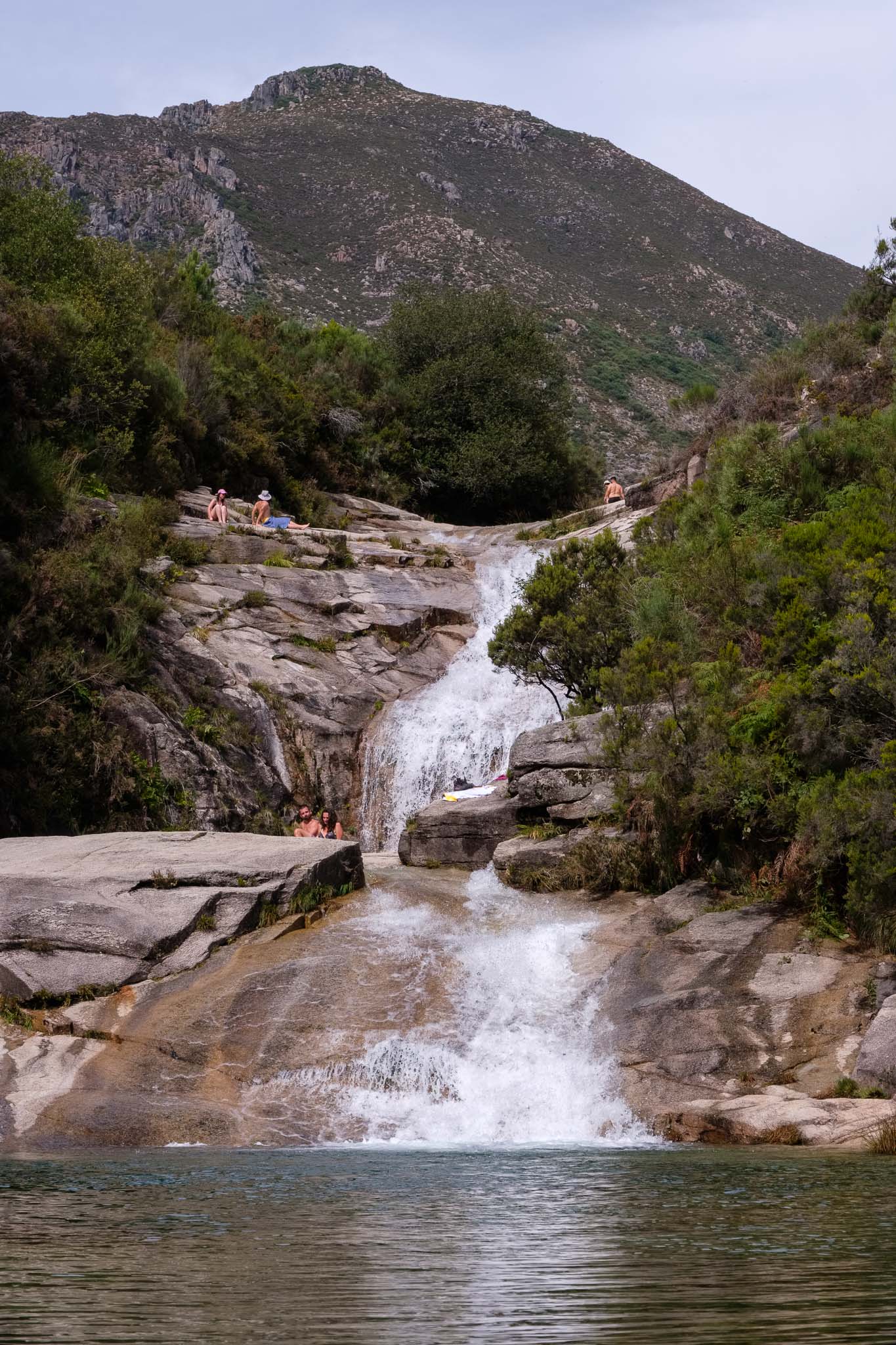
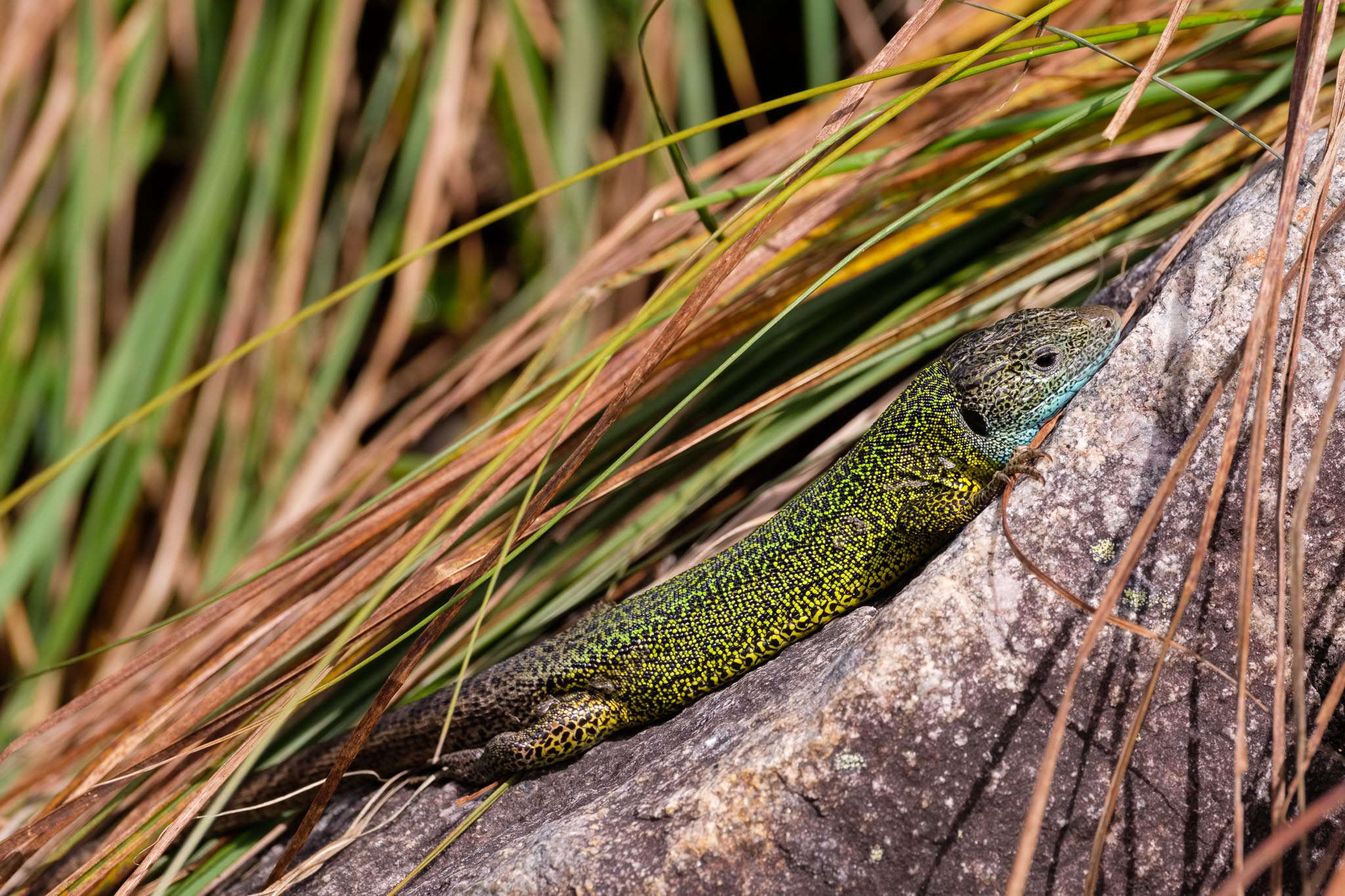
Don’t forget to visit the unique “fojo do lobo” near Xertelo, a typical and old construction of stones that served to entrap wolves. In the older days, the wolf was considered as a threat, as it could decimate a flock of animals, thus risking the livelihood of a family.
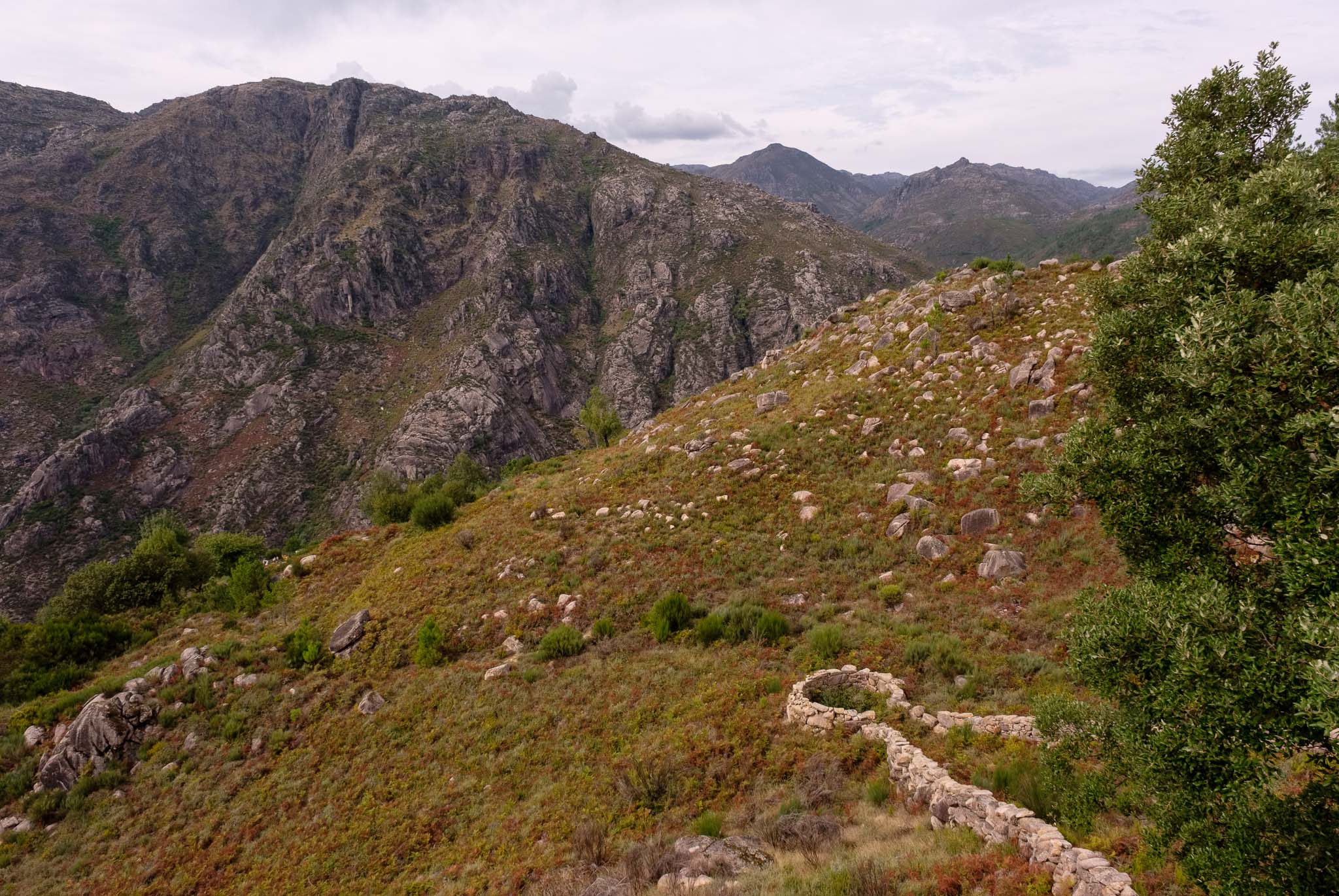
During the afternoon, we trekked to the Cela Cavalos waterfall, which is very different from the previous one. Again, it lies in a deeply cut valley, and it can be heard before being seen. Amidst a dense patch of vegetation, the water falls with tremendous force from higher up, smoothing the nearby granite blocks. It was a perfect place to relax and have an afternoon snack. The way back up the hill was the price to pay for this visit, but it was well worth it. Once back in the car, we drove to the village of Gerês, where we spend the night. The waterfalls of the PNPG are really wonderful, wild, and refreshing.
